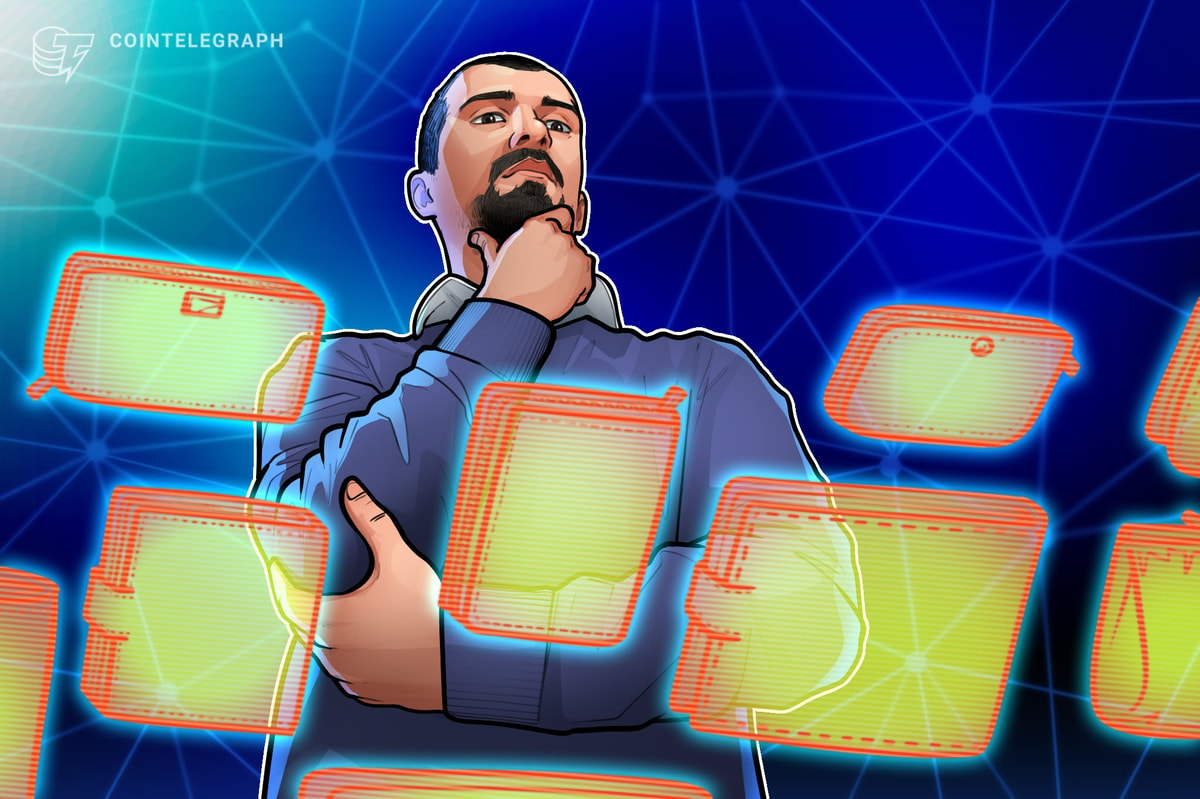The recent crash of centralized crypto exchange behemoth FTX has again brought the original intent of Bitcoin founder Satoshi Nakamoto to the fore. Nakamoto’s original goal, brought about by the 2008 subprime mortgage mess, was the elimination of “trusted third parties” such as banks. Traditional finance and all its bells and whistles suddenly became pariahs in the blockchain community. People could supposedly safe keep their money themselves without the need for anyone to do it for them.
What ended up happening in the case of FTX, however, was that we built the same traditional finance infrastructure, but we let people without enough training in financial controls run it. News reports have stated that there was co-mingling of customer funds from FTX into the sister trading arm Alameda Research, which is illegal in traditional centralized exchanges and trading firms.
This debacle was the very thing people said crypto would avoid, but ended up happening anyway, and many times worse. Venture firms like Sequoia and certain pension funds ended up having to write off their investment. Often, when someone experiences a massive financial loss like that, they end up becoming vocal critics of everything crypto.
Going by Nakamoto’s original intent, these investors would have been better served if they had bought legitimate tokens and self-custodied those. But investors would still face problems doing that. One is that the current crop of digital wallets still leaves much to be desired. Also, decentralized finance sites look somewhat tailored for Gen Z, which may slow adoption for some.
Opening a wallet seems easy enough, though the need to remember a set of words as a seed phrase may turn some users off. But what is particularly difficult for many laypersons to grasp are the wallet addresses that are often named in hexadecimal strings. Fortunately, there are companies that provide names for hexadecimal addresses so these read like JohnSmith.Wallet, but it would be good to integrate that feature into the wallet itself.
Although the transactions can be viewed on blockchain explorers for all to see, for most people not yet in the crypto space, sending funds to an unknown hex address or copying and pasting their hex wallet address to receive funds will not work. These people are used to the convenience of traditional banking, especially since these fund transfers are one-way and cannot be reversed.
Join the community where you can transform the future. Cointelegraph Innovation Circle brings blockchain technology leaders together to connect, collaborate and publish. Apply today
Adding tokens before you can view those on your wallet is another thing. This is understandable for new, unfamiliar tokens, but if the token is already on the Top 100 of Coinmarketcap, perhaps it should already appear without the need to manually import it.
Delayed blockchain verification is also a problem for many blockchains. There are even instances that after the crypto has been sent, that crypto is still in the sender’s wallet and has not been updated in a reasonable amount of time, especially for slow blockchains.
Decentralized finance trading sites are interesting once you know how to use them, but concepts like slippage have to be carefully explained. Plus the appearance is really tailored for a Gen Z crowd. Some older users with larger funds who are used to the professional appearance of big bank websites may balk.
There might be new blockchain wallets out there with better features; unfortunately, those have not yet become the de facto standard. Most people will still look at popular wallets and DeFi exchanges.
If we are to realize the widescale adoption of crypto self-custody, the convenience, speed and security need to improve. College frat-boy attitudes in handling money also need to be replaced with professional ones focused on the user and their money. But after all the arguments have been made, some people (maybe a lot) may still prefer dealing with properly regulated centralized exchanges, since self-custody might remind them of money kept in a locked steel safe at home.
Whether crypto fans want to admit it or not, not everything in traditional finance is fraudulent. There are still many features of it that many people still like. That’s fine. Crypto is simply experiencing some birthing pains. We will still see problems and changes in direction over the next few years, but as a general direction, it is where we are all headed.
Zain Jaffer sold his last startup for $780M. He is now an active VC focused on Web3 and real estate.
This article was published through Cointelegraph Innovation Circle, a vetted organization of senior executives and experts in the blockchain technology industry who are building the future through the power of connections, collaboration and thought leadership. Opinions expressed do not necessarily reflect those of Cointelegraph.
Learn more about Cointelegraph Innovation Circle and see if you qualify to join











